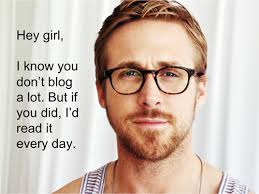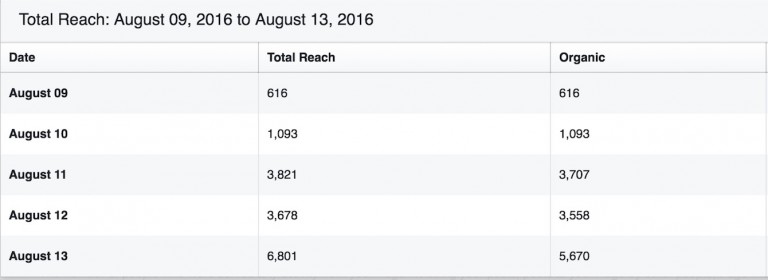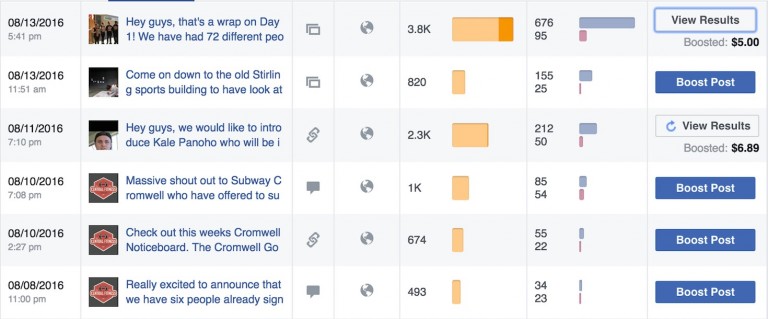Most of us have a fascination with creating a lasting personal brand, business or a combination of these two things when starting out in entrepreneurship. Many of us are afraid of the costs; I was as risk averse as you are – I invested only $200 finding my product market fit and creating my own personal brand.
We don’t want to take the risk of spending our hard earned capital to find out if we have the right product-market fit, well these five tools will show you how to get you or your business noticed in exchange for your time. There is a way to gather credibility, get feedback and improve your online visibility all for free.
I have used this method with over a dozen clients, my own business, and personal brand. Using the following five free tools you will be able to:
- Gather an established brand and get real-time feedback on your ideas or business
- Find opportunities that didn’t previously exist
- Sell yourself or your brand – get customers, supporters or publishers to approach you
1. Finding the right networks
Very quickly I was able to gain my own foothold in the world of startup business and writing just by utilizing my network. The best place to start is Facebook reach out to friends you know who are doing what you want to do or find a community that is already doing this.
Throw the desired terms into Google i.e., “Facebook Entrepreneur Groups” I found my communities by looking here and joined them on Facebook. Once you’ve joined these groups, ask the community about your goals and ask to connect with people who are doing something similar to you. These communities are free, and you should look for two types; the first with 500 members or less, the other with 5000 or more so that you can observe what type of posts gather attention on a micro and macro scale. Set up a post that will grab people’s attention and ask to connect, from here find ten people to befriend and share your idea.
Make sure you really connect with each of these people and that you care about what they’re doing; offer your services to see if you can help them in return for their time, you will need their help throughout this journey. Now you’ve made new friends get their feedback and ask them how they managed to get to where they are now, always get advice from those who have already succeeded in the same goals that you’re trying to achieve.
Keep in contact with these people regularly as they will be helping you later on.
2. Writing like a pro

Now that you’ve got connections it is time to write down what makes you an expert – people want to read good content. If you’re looking at building a business or brand you should already know a lot about your target market, other thought leaders and what has engaged people previously.
Find other thought leaders who are doing what you’re doing and use their work as a template for your writing. When I am creating articles, I look up the most shared entrepreneurial articles of previous years and look at the replicability of those articles for my own work. If you’re still struggling on how to write, check out the free tools at the bottom of this post.
Now, sit down and write 3 – 5 articles that will engage people in your target market about why you’re good at what you’re doing or how your business fills a gap in your niche. These need to be approximately 700 – 900 words, so when you share them for the first time people don’t get deterred by the amount of time it will take to read. Remember, make this information valuable, concise and readable; people want to engage with exciting content.
This will quickly give you some authority in your field or business when you publish your first free site.
3. Free Branding
Now that you’ve fleshed out all the reasons you’re going to do great things with your business it is time to create an identity. Head over to Shopify and create a branded logo for free, you can create as many as you like.
Take this new brand back to your network and share it with your communities and ask them which one they like best. You now have your own personal brand or business logo. I did this with my own logo and sent it to my mailing list and friends, who helped me narrow my designs to two options.
4. Creating a website
There is a ton of free tools and tutorials that people can use to build their own blog or business website.
You can get a free trial of Shopify for 14 days here – I prefer this as it gives you a timeline for action and makes you accountable to get noticed in those 14 days. Make sure to install Google Analytics which is also free to see who is coming from where and what are your highest driving traffic pages.
Design your site so that it directs traffic to content you want people to see and that it is aesthetically pleasing. If you’re struggling for photos you can find some here – the point of this project is to instill credibility in your business or blog, so you can use this to gain further influence when presenting to customers or publications. Look as professional as the people you want to be like.
Again ask others what they think of your site before moving onto the next step.
5. Sharing to go viral
Now that you’ve established yourself with a site, a brand, and valuable content it is time to get noticed.
Send the best content on your site (one of the pieces you’ve written earlier, product idea or business launch) to 20 people; 10 from your new network and ten close friends and ask them to share your content on their own personal Facebook page. Then ask your network to tag three people who would find your content valuable, useful or able to share it on a larger forum – with some luck some of those people might know contributors like myself that can introduce you to a publisher or write about your business.
Get your network to share this three times in the first week (Monday, Thursday, and Friday) at peak times when your site is live and ask them to do this concurrently. Then post in your communities at the same time as those who are sharing it on Facebook.
The cumulative effect of this approach is that people can’t help but notice your work as it saturates their timelines for an entire week. I’ve created a community on Facebook just for this purpose – if you need help sharing come find others who are using this methodology.
What you now have:
- Your own site
- Your own brand
- Content of value
- An opportunity to open doors
I’ve used this approach with both businesses and bloggers, and the result is they all have ended up getting recognized whether it is new customers, contributing rights or job offers. This is a soft PR launch executed without a PR firm on a budget of $0 all you need is time. The great thing is that you find your product-market fit at no cost and you can repeat this process with other ideas.
My personal results
I followed this strategy with my first business page on Facebook across the first week before physically launching my product. Our organic reach came to a total of 5,670 in the first six days; you can see the cumulative effect building – I paid $11.89 NZD to boost two of our posts which gave us another 1 K of reach.

The post engagement on the 13th as you can see below -resulted in 676 people organically interacting with our content by following the same strategy I described above. The last post got us featured in a national newspaper article the following week.

A lack of money and skills don’t always have to be your worst enemy; any person can create something from nothing. I love growth hacking because it provides with new opportunities to circumvent seemingly impossible problems. Here is the checklist I use when working with businesses and other clients.
What’s your favorite growth hack? Let us know in the comments.
Tools:
Writing good content – https://www.youtube.com/watch?v=AwII2DrUxIQ
Entrepreneur’s top 10 articles: https://www.entrepreneur.com/article/254308
This is a Contributor Post. Opinions expressed here are opinions of the Contributor. Influencive does not endorse or review brands mentioned; does not and cannot investigate relationships with brands, products, and people mentioned and is up to the Contributor to disclose. Contributors, amongst other accounts and articles may be professional fee-based.

